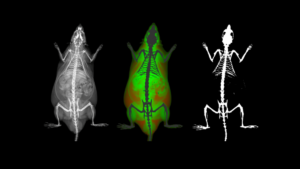Introduction:
Multimodal Imaging
Introduction to Preclinical Multimodal Imaging
Multimodal imaging is widely described as the inclusion of two or more complimentary imaging modalities, or contrast/reporting agents used within a single experiment. Examples may include using multiple imaging probes, for example in positron emission tomography (PET) imaging, to look at brain structure and function simultaneously. Alternatively, it may be using complimentary imaging modalities; for example, using bioluminescence to understand the location of a metastatic lesion and then using magnetic resonance imaging (MRI) to visualize the lesion and surrounding structures.
The goal of multimodal imaging is to acquire as much data as possible with respect to a biological question, to allow for a more holistic examination then would be possible with a single imaging modality, as well as to approach the biological question from multiple scale levels. For example, combining modalities in order to provide anatomical, morphological, functional, and molecular data on a single sample, at potentially different levels such as whole body, and perhaps cellular or microscopic scales.
Multimodal imaging is becoming increasingly important both clinically and preclinically to help elucidate various biological mechanisms of disease, as well as to fully understand the response to therapeutic interventions. The use of a single imaging modality is useful, however the complimentary and perhaps synergistic information obtained when implementing a multimodal approach may elucidate additional information which may be lacking when each imaging approach is used on its own.
Multimodal imaging is becoming increasingly important in research areas such as cancer research, cardiovascular disease, neurology applications, infectious diseases, immunology, and developmental biology. Equipment manufacturers, and researchers alike, are beginning to move towards integration of available imaging modalities; in some instances, bi- or even tri-modal systems are available, while in other cases uni-modal systems remain with a common bed system allowing for transportation between the various pieces of equipment.
Scintica, founded in 2017, has grown to become one of the world’s most comprehensive suppliers of preclinical imaging equipment, with a focus on multimodal imaging applications. We have worked with our various manufacturing partners to ensure we have a solution to offer new and existing customers the ability to perform multimodal imaging within their research programs.
Please join us over the coming weeks and months as we explore the importance of multimodal imaging. We will begin to explore the various imaging modalities within Scintica’s imaging portfolio to help those who are less familiar with each modality grow their understanding of the basics of each. We will then explore the utility of combining these modalities to harness the power of multimodal imaging in specific application areas.
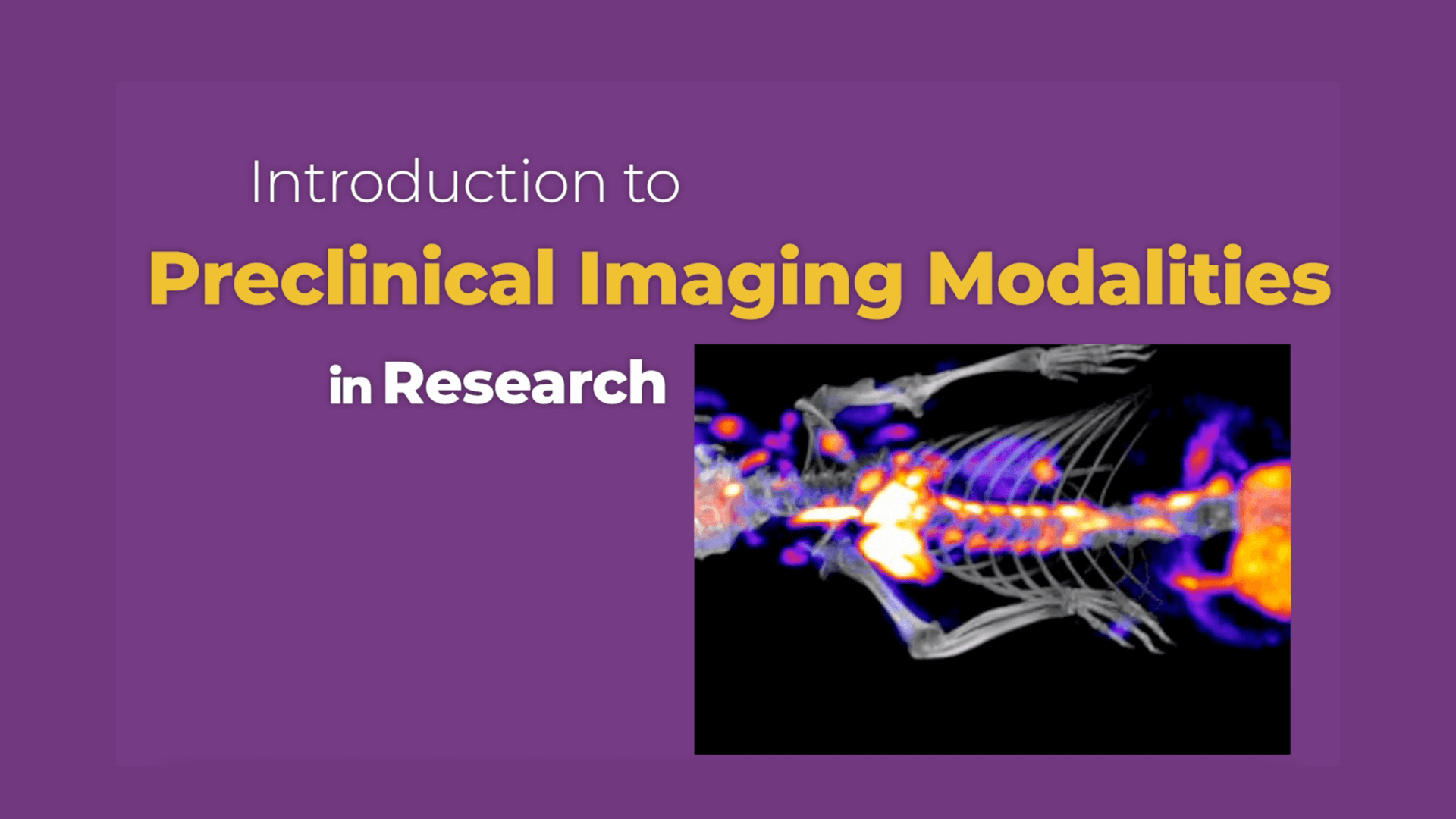
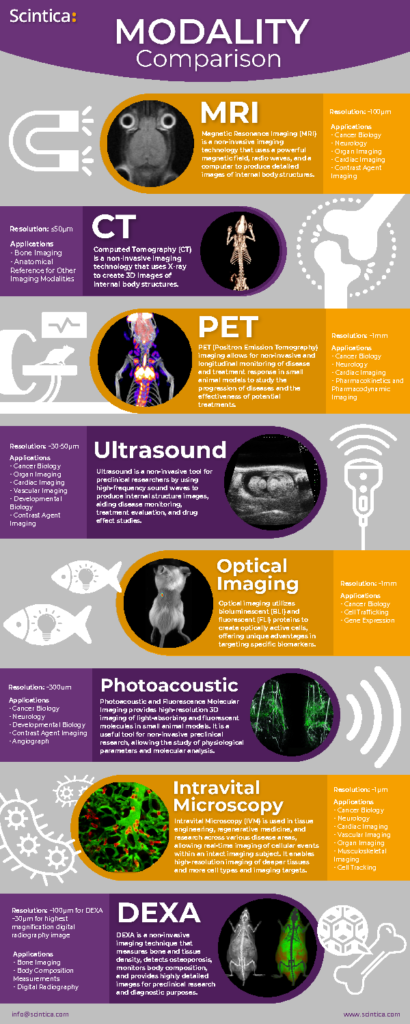
Next Modules
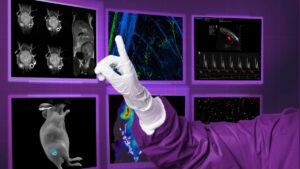
Available Now
Preclinical Imaging Modalities
As we begin to explore the idea of multimodal imaging, let’s first start to explore the variety of preclinical imaging modalities that are most commonly used by researchers around the world.
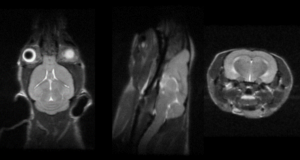
Available Now
Modality: MRI
MRI is considered the gold standard in soft tissue imaging, both in the clinic on patients and by researchers on a wide variety of preclinical imaging subjects.
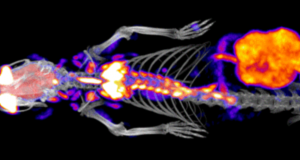
Available Now
Modality: CT
Computed Tomography (CT) is one of the most commonly used clinical imaging techniques, next to perhaps ultrasound.
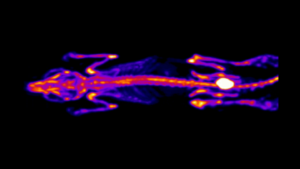
Available Now
Modality: PET
Nuclear imaging modalities include positron emission tomography (PET) as well as single photon emission computed tomography (SPECT), which both detect gamma radiation emitted from a radionucleotide injected into an imaging subject.
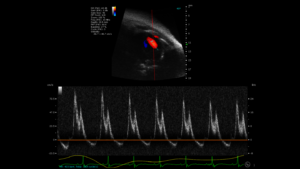
Available Now
Modality: Ultrasound
Ultrasound (US) imaging is one of the most commonly used diagnostic techniques clinically, and is widely used in preclinical imaging as well. It is a safe, non-invasive, and relatively inexpensive technology compared to some of the other available imaging modalities.
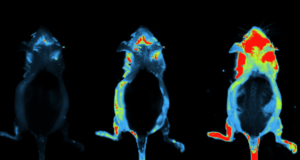
Available Now
Modality: Optical
When discussing Optical Imaging techniques in this series, the meaning is to cover bioluminescence (BLI) and fluorescence (FLI) imaging. T
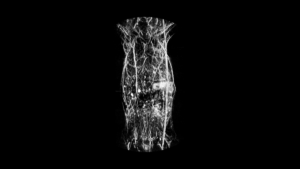
Available Now
Modality: Photoacoustic
Photoacoustic (PAI) imaging is a technology which combines the sensitivity of optical imaging with the depth of penetration and resolution of ultrasound imaging.
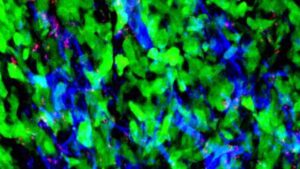
Available Now
Modality: Microscopy
